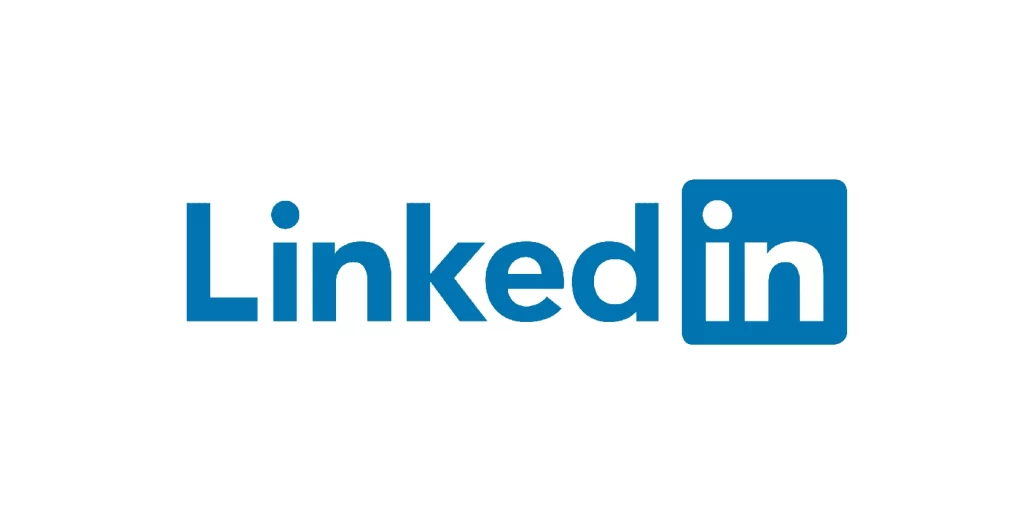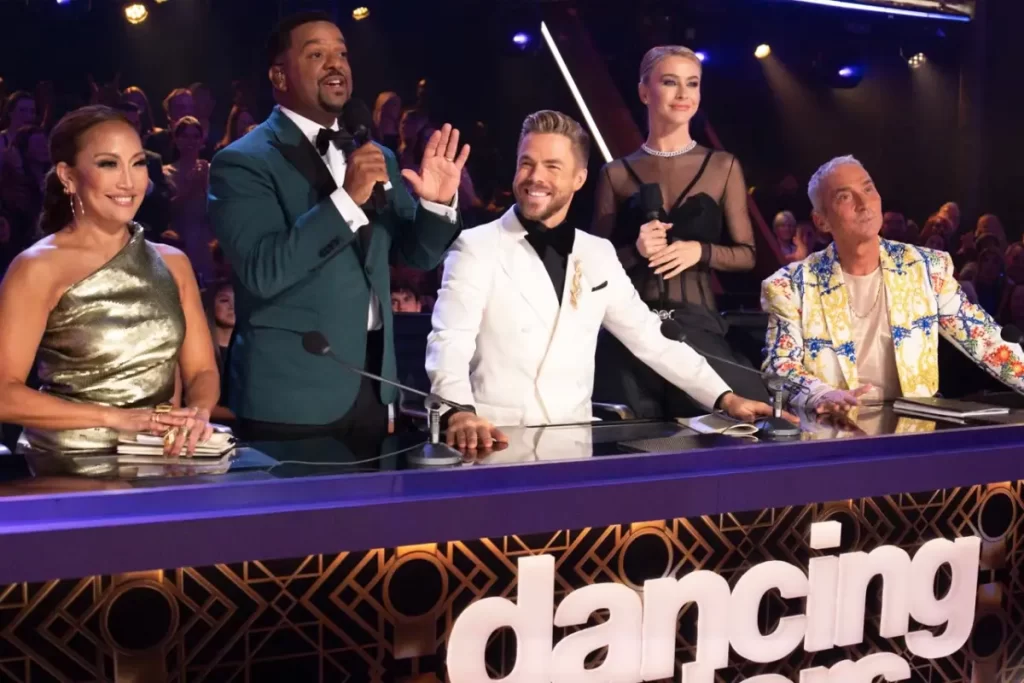Every industry has its quirks—but some truths about marketing hold up no matter where you apply them. At Nativa, we’ve built campaigns for clients in healthcare, retail, government, education, and more. Whether we’re promoting COVID-19 vaccination awareness or launching a national CPG campaign during Hispanic Heritage Month, we’ve seen patterns repeat—and we’ve learned a lot along the way.
Here are some of the biggest lessons we’ve picked up running campaigns across a range of industries, and how your brand can apply them today.
- Audience-Centric > Industry-Centric
- Community Partnerships Are Underrated—and Often Essential
- Your Message Isn’t Just Competing with Competitors—It’s Competing with Everything
- Representation Drives Results
- Data Is Powerful—But So Is Listening
Audience-Centric > Industry-Centric
It’s easy to get caught up in industry trends and benchmarks. But the best-performing campaigns aren’t built from the top down—they’re built from the audience up.
What we’ve learned:
Your industry doesn’t define your audience—their values and lived experiences do. What matters to a 25-year-old first-generation Latina consumer in Phoenix might be very different from someone in the same age group and income bracket in New York. Cultural nuance beats one-size-fits-all marketing, every time.
Takeaway:
Don’t just ask, “What’s working in my industry?” Ask, “What does my audience actually care about right now—and how do we show up for them authentically?”
Community Partnerships Are Underrated—and Often Essential
Especially in sectors like public health and government, trust can’t be bought with a media budget. It has to be built—and that often starts with working alongside people and organizations your audience already trusts.
What we’ve learned:
In campaigns for health departments and civic engagement initiatives, collaborating with grassroots organizations, churches, and local influencers delivered deeper impact than any display ad ever could.
Takeaway:
Consider who your audience already listens to. Can you collaborate with those people or groups to deliver your message more effectively?
Your Message Isn’t Just Competing with Competitors—It’s Competing with Everything
No matter the industry, your audience is being bombarded with content. You’re not just competing with other brands in your space—you’re competing with memes, Netflix, texts from friends, and the latest TikTok trend.
What we’ve learned:
To stand out, your messaging needs to be bold, relevant, and crystal clear. We’ve seen educational campaigns outperform expectations simply because the visuals and headlines broke the mold.
Takeaway:
Clarity and cultural relevance win attention. If your message wouldn’t stop someone mid-scroll, it’s not ready yet.
Representation Drives Results
Across every industry we’ve worked in, one thing is constant: people want to see themselves reflected in the brands they support.
What we’ve learned:
Campaigns that intentionally featured diverse talent, bilingual messaging, and culturally relevant storytelling consistently outperformed generic alternatives—especially in Hispanic and Black communities.
Takeaway:
Representation isn’t just a “nice to have”—it’s a strategic advantage. Your audience notices when they’re included—and when they’re not.
Data Is Powerful—But So Is Listening
Campaign performance data is crucial, but it’s not the whole story. Listening to your audience through community feedback, social comments, and cultural research fills in the gaps data can’t reach.
What we’ve learned:
Some of our best creative pivots came not from dashboards, but from qualitative insights—real stories, concerns, or cultural trends shared by community members.
Takeaway:
Balance quantitative metrics with real human input. Both are essential to crafting marketing that resonates deeply.




